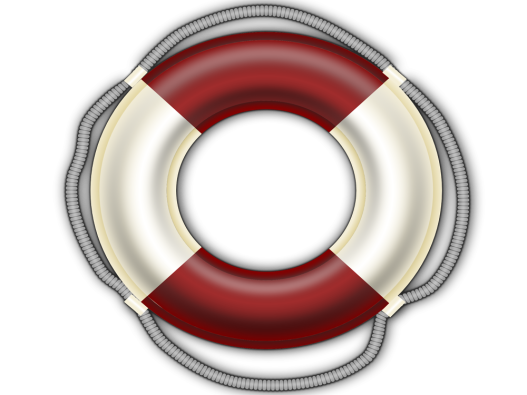
What should boat operators have on board?
When you take a pleasure boat out, it’s not all fun. You need to pay careful attention to safety issues while you’re out on the water, and that means ensuring that your boat is fully equipped with everything that you might need in the event of an emergency. Failing to check that you’ve got all the right equipment could put your safety and that of your passengers at risk, as well as breaking the law. The items that you are required to have on board depend on the size of the boat, so regulations should be checked carefully. However, these are some of the items that you may be required by law to have on board, or which you would be well advised to carry:
Safety equipment
- Radar reflectors, so that other shipping can detect your vessel
- Navigation lights and shapes, to make you visible to other boats. The lights must be used at night, and the shapes during the day.
- Lifejackets that conform to European standards. If children are on board, you should be carrying lifejackets suitable for their size. Each lifejacket should be fitted with a light.
- One or more inflatable life rafts that can fit in everyone on board. You do not need to carry a life raft that fits the maximum capacity of the boat, but rather one that accommodates the number of passengers actually travelling on the boat.
- A grab bag with items to take on the life raft. This could include flares, a radio, a flashlight, food and water, warm clothes, and personal items such as your keys and wallet. Most of these items should be kept in the bag and not taken out, so that everything is in place should an emergency occur. Other items that will need to be picked up from the boat if you need to use the life raft could be placed in a second bag.
- Lifebuoys (lifebelts).
Communications and signalling
- A maritime radio or other method of communication, such as a mobile phone or personal locator beacon.
- A whistle, bell or gong for sound signals
- A spotlight or torch to attract the attention of another boat
- Flares. The type you are required to carry depends on the size of the boat and how far you will be travelling from the coast. White flares are for non-emergency situations, rather than signalling for help. They are used to draw attention to the boat. Red handheld flares, smoke flares and parachute flares are for indicating that you need assistance and for signalling your position. Parachute flares have a much greater visibility than either smoke flares or handheld flares.
Fire safety:
- Fire extinguishers, with a different one for each type of fire
- A fire blanket if the boat has cooking facilities
- A fire pump to use sea water
- Buckets suitable for fire fighting
- A copy of the Life Saving Signals
- Instructions on how to use the life-saving appliances carried on the boat
